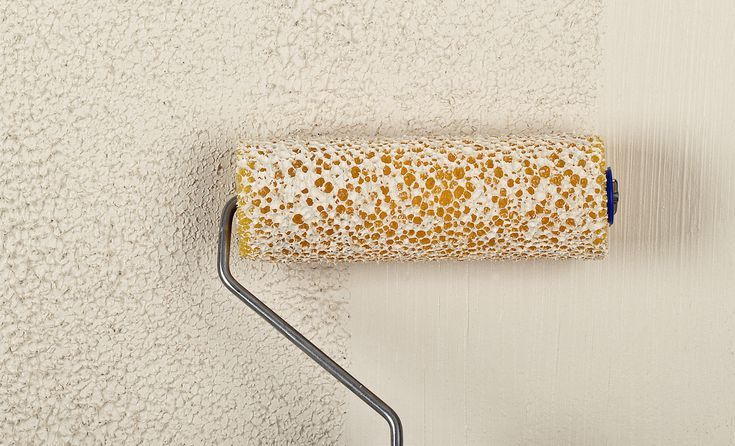How To Texture A Wall With A Roller

It will help you in saving from the trouble of doing a dozen little repairs.
How to texture a wall with a roller. The exact texture you have on your walls depends on the tradesman who applied it so a bit of practice will be necessary to match the texture. Insert a roller cover onto a roller handle. Mix the joint compound with water in a 5 gallon bucket. An easy method i use for rolling on drywall when you can t easily spray drywall texture with a spray hopper gun.
There are many ways drywall contractors apply texture but one of the simplest do it yourself methods involves rolling the texture right onto your walls. This technique works very well in rooms that. Dip a paint roller into the paint tray roll it out and then apply the texture over the wall or ceiling surface. Plus when you need to disguise imperfections and drywall seams knowing how to texture walls yourself is a valuable skill.
Dip the roller into the mud mixture. Use a low nap cover to result in a smooth wall texture or use a thick nap cover for a more heavily textured look. Fill a paint tray with the texture material or texture paint. It is popularly known for home improvement.
An ordinary roller cover will produce a texture but there are also special roller covers available that are designed for stippling. Texturing a wall is an inexpensive way to add a unique and interesting touch to your rooms. You can hide any imperfections in the wall with the help of texturing the wall. While this article focuses on the orange peel texture similar techniques can be used to repair other textures such as the knockdown also called skip trowel sand and popcorn texture also called acoustic or cottage cheese texture.
Now you must be wondering how to texture a wall with a. For a solution that adds depth and interest to any room many homeowners choose to texture their walls with extra paint specialized styles or even thinned out drywall compound. Painting is one of the most popular ways to freshen or even transform a home but it can leave the walls and ceilings looking flat and bare. Create an eggshell or mottled texture pattern with a paint roller using drywall joint compound.
















